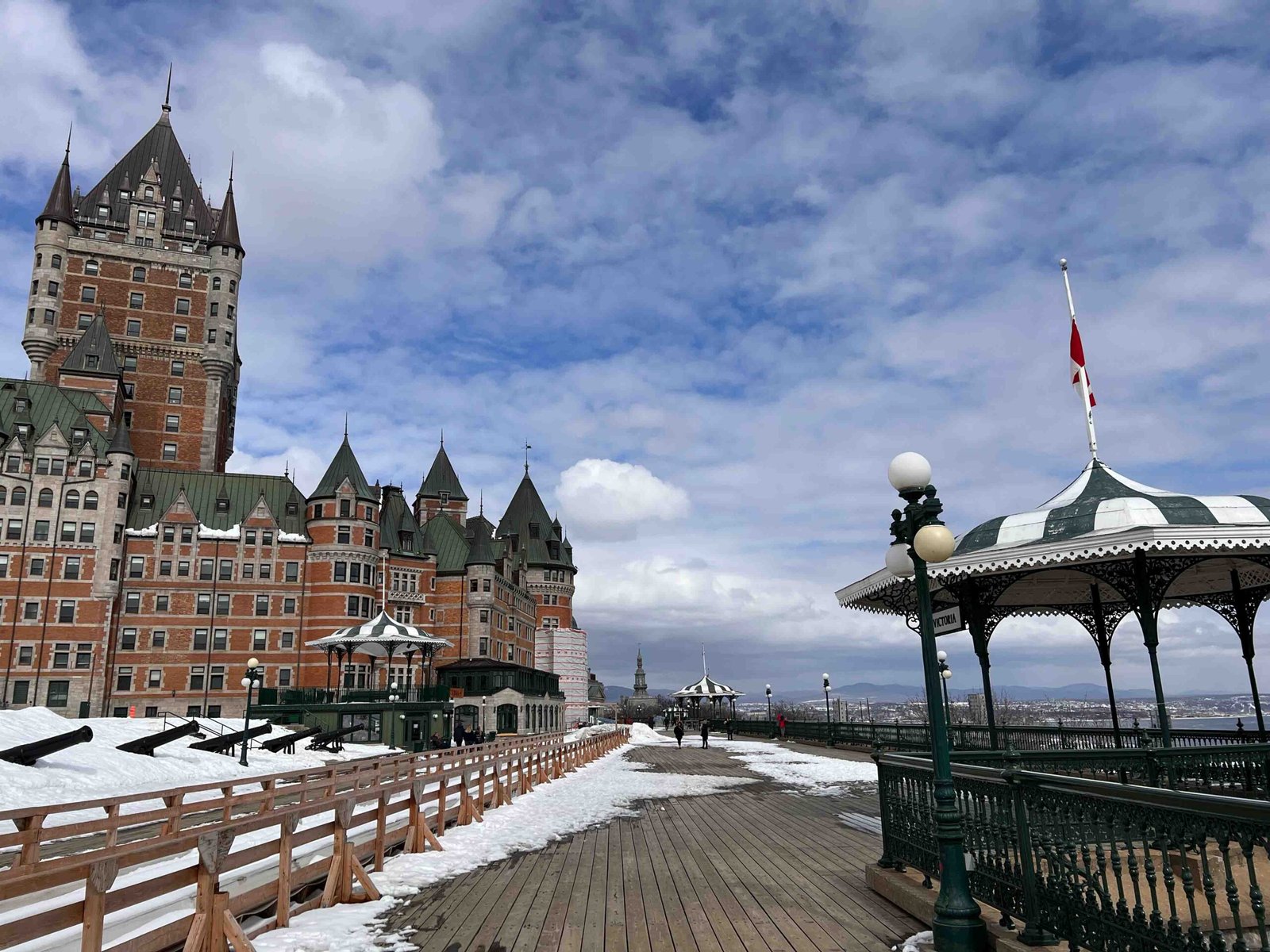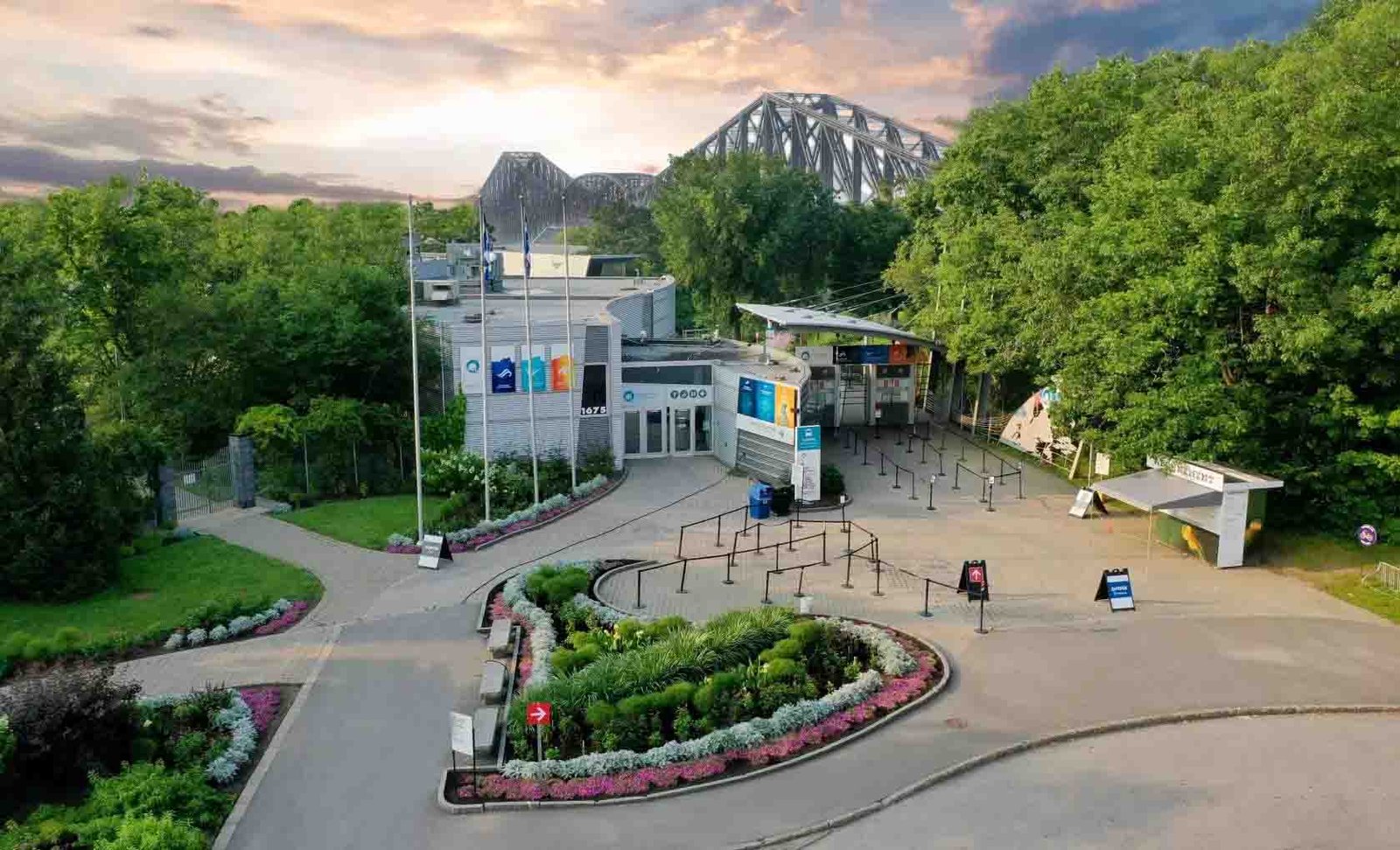Welcome to this article exploring time in British Columbia! Time is a fundamental aspect of our daily lives, and it can be fascinating to learn about how it is measured and managed in different parts of the world. In this piece, we will delve into the basics of Pacific Standard Time, the various time zones across British Columbia, and the use of Daylight Saving Time in the region. We will also explore why British Columbia uses Pacific Standard Time and offer tips on how to adjust to the time difference when travelling there. Additionally, we will take a look at timekeeping practices in British Columbia and share some fun facts about time in relation to this beautiful Canadian province. So sit back, relax, and let’s explore the world of time in British Columbia!
The Basics of Pacific Standard Time
Pacific Standard Time (PST) is the time zone used in British Columbia and the western part of North America. It is eight hours behind Coordinated Universal Time (UTC-8). PST observes daylight saving time, which means that during the summer months, clocks are moved forward by one hour to create Pacific Daylight Time (PDT), making it seven hours behind UTC. PST covers a large area, including Vancouver, Victoria, and other major cities in British Columbia. The time zone is also used in several US states, including California, Washington, and Oregon. It is important to note that not all areas in British Columbia follow PST. Some regions in the province, such as Fort Nelson, use Mountain Standard Time instead. When travelling to British Columbia from another part of the world, it is essential to adjust your clock to the local time zone to avoid confusion and ensure punctuality. PST is an integral part of life in British Columbia, affecting everything from business hours to transportation schedules. It is important to keep in mind that when planning trips or scheduling appointments in the province, you should always consider the time difference between your location and British Columbia. Understanding the basics of Pacific Standard Time is crucial for anyone living in or visiting British Columbia.
The Time Zones of British Columbia
British Columbia spans over four time zones, including Pacific Standard Time (PST), Mountain Standard Time (MST), Central Standard Time (CST), and Eastern Standard Time (EST). The majority of the province follows Pacific Standard Time, which is eight hours behind Coordinated Universal Time (UTC-8). This time zone includes major cities such as Vancouver, Victoria, and Nanaimo. Mountain Standard Time is observed in the southeastern part of the province, including cities like Cranbrook and Golden, which are one hour ahead of Pacific Standard Time. Central Standard Time is used in small portions of the northeast region, while Eastern Standard Time is used in a small area around Creston, bordering the province of Alberta. It’s important to note that British Columbia’s time zones differ from those in neighbouring provinces and territories. For example, while Vancouver and Seattle are only 120 miles apart, they are in different time zones. This means that when it’s 12 pm in Vancouver, it’s 1 pm in Seattle. It’s also important to check the time zone when travelling within British Columbia since some areas may have different time zones than your current location. Overall, understanding the different time zones in British Columbia can help travellers plan their itinerary and avoid confusion when travelling between regions with varying time differences.
Daylight Saving Time in British Columbia
Daylight Saving Time (DST) is a practice that involves setting the clock forward by one hour during the summer months to extend the amount of daylight in the evenings. British Columbia is one of several Canadian provinces that observe DST, along with most US states. The practice begins at 2:00 am on the second Sunday of March when clocks are set forward by one hour, and ends at 2:00 am on the first Sunday of November when clocks are set back by one hour. This change means that there is more daylight in the evenings, which is beneficial for outdoor activities and tourism.
While DST is widely observed in British Columbia, it has been a topic of debate among residents and policymakers. Some argue that it disrupts sleep patterns and leads to increased accidents and health problems. Others argue that it benefits businesses and tourism by extending daylight hours for outdoor activities and reducing energy consumption.
In 2019, British Columbia’s government introduced a bill proposing to end DST in the province altogether. The move was based on concerns about the negative impacts of DST on public health and safety. However, the bill has not yet been passed into law, and DST remains in effect in British Columbia.
Despite the ongoing debate around DST, visitors to British Columbia should be aware of the time change and plan accordingly. It is important to adjust sleep schedules gradually before travelling to avoid jet lag-like symptoms upon arrival. Additionally, travellers should confirm their travel plans with airlines, tour operators, and hotels to ensure they are not affected by any changes due to DST.
Why Does British Columbia Use Pacific Standard Time?
British Columbia uses Pacific Standard Time (PST) because it is located in the Pacific Time Zone. This time zone covers the western part of North America, including British Columbia, Washington, Oregon, and California. The Pacific Time Zone is eight hours behind Coordinated Universal Time (UTC-8), which means that when it is 12:00 pm in London, it is 4:00 am in Vancouver.
British Columbia has been using PST since 1884 when it adopted standard time zones along with the rest of Canada. The adoption of standard time zones was a response to the need for accurate and consistent timekeeping across the country, especially for transportation and communication purposes. Before standard time zones were introduced, each town and city kept its own local time based on the position of the sun. This made it difficult to coordinate train schedules and communicate across long distances.
PST is also used in British Columbia because it aligns with the time zones of neighbouring US states, such as Washington and Oregon. This makes it easier for businesses and individuals to conduct cross-border transactions and travel without having to adjust their schedules too drastically.
Overall, British Columbia uses Pacific Standard Time for practical reasons related to transportation, communication, and cross-border activities. It has become a standard part of daily life in the province and is unlikely to change anytime soon.
How to Adjust to the Time Difference in British Columbia
British Columbia is a beautiful Canadian province that is worth visiting. However, one of the challenges that visitors may face is adjusting to the time difference. The time in British Columbia is Pacific Standard Time (PST), which is eight hours behind Coordinated Universal Time (UTC-8). To adjust to the time difference, it is advisable to gradually shift your sleeping and waking times a few days before your trip. This will help your body adapt to the new schedule more easily. Also, try to expose yourself to sunlight during the day and avoid bright light at night as this can disrupt your sleep patterns. Staying hydrated and avoiding alcohol and caffeine can also help with jet lag. Upon arrival, it’s best to stay active and avoid napping during the day, as this can make it harder to fall asleep at night. Instead, engage in outdoor activities such as hiking or sightseeing to help you adjust to the new time zone. Lastly, be patient with yourself as it may take a few days for your body to fully adjust. Remember that everyone adjusts differently, so don’t compare yourself to others who may have adapted faster or slower than you. By following these tips, you can minimize the effects of jet lag and make the most of your trip to British Columbia.
Timekeeping Practices in British Columbia
Timekeeping practices in British Columbia are heavily influenced by the region’s geography, history and culture. The First Nations people of British Columbia used a lunar calendar to track time and seasons. This calendar was based on the phases of the moon and was used for hunting, fishing, and gathering. However, with the arrival of Europeans in the 18th century, the Gregorian calendar was introduced. Today, most people in British Columbia use digital or analogue clocks to keep time. Clocks are found everywhere from smartphones to wristwatches to large public clocks in town squares. The official time is maintained by the National Research Council’s atomic clock located in Ottawa. In addition to this, there are many public clocks throughout the province that are maintained by local municipalities. Some notable examples include the Gastown steam clock in Vancouver and the Millennium Clock Tower in Victoria. Apart from these, there are many historic buildings that still have their original clocks intact, such as the Parliament Buildings in Victoria and City Hall in Vancouver. Timekeeping practices in British Columbia also include traditional practices like sundials and hourglasses, which can be found in some museums and heritage sites throughout the province. Overall, timekeeping practices in British Columbia reflect both modern and traditional influences, creating a unique blend of technology and culture.
Fun Facts About Time and British Columbia
Did you know that British Columbia is home to the oldest continuously running clock in North America? The clock was built in 1901 and can be found in the Gastown neighbourhood of Vancouver. It has been keeping time for over 120 years! Another interesting fact about time in British Columbia is that the province is located in the Pacific Time Zone, which means it is three hours behind Eastern Standard Time. However, some areas of British Columbia, such as the town of Creston, are located in the Mountain Time Zone and are one hour ahead of Pacific Standard Time. Additionally, British Columbia is one of only a few places in the world that observes Daylight Saving Time but exempts certain regions. For example, the province of Saskatchewan does not observe Daylight Saving Time at all. Finally, did you know that British Columbia’s official flower, the dogwood, blooms for just 10 days each year? This short blooming period is often referred to as “dogwood winter” and marks the transition from spring to summer. These fun facts about time and British Columbia show how timekeeping practices and natural phenomena intersect in this beautiful Canadian province.
As we explored the concept of time in British Columbia, we learned about the basics of Pacific Standard Time, the different time zones in the region, and the use of Daylight Saving Time. We also looked at why British Columbia follows Pacific Standard Time and how to adjust to the time difference. Moreover, we discovered some interesting timekeeping practices and fun facts about time in British Columbia. Understanding time is crucial for everyday life and travel, and it’s fascinating to see how different regions follow unique practices and traditions. As we conclude this article, we can reflect on how time connects us all despite our differences in cultures and lifestyles. Time may be a man-made concept, but its impact on our lives is undeniable. How do you perceive time in your region, and what are some unique practices that you follow? It’s worth pondering over these questions as we continue to explore the world around us.
Time zone?
Alberta, British Columbia, Manitoba, New Brunswick, Newfoundland and Labrador, Nova Scotia, Ontario, Prince Edward Island, Quebec, Saskatchewan






Pingback: Alberta time zone – Things to do in Canada
Pingback: New Brunswick time zone – Things to do in Canada
Pingback: Manitoba time zone – Things to do in Canada